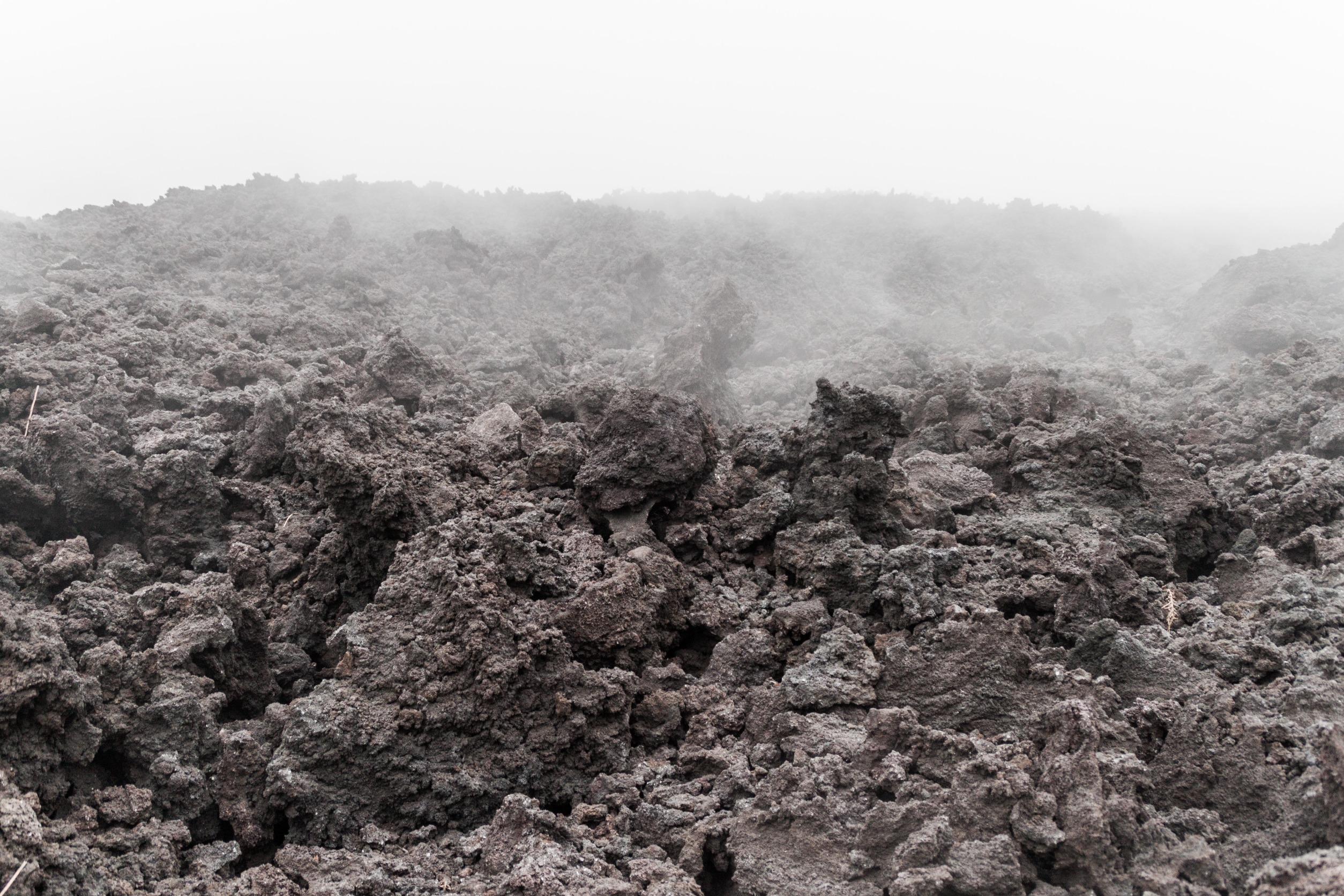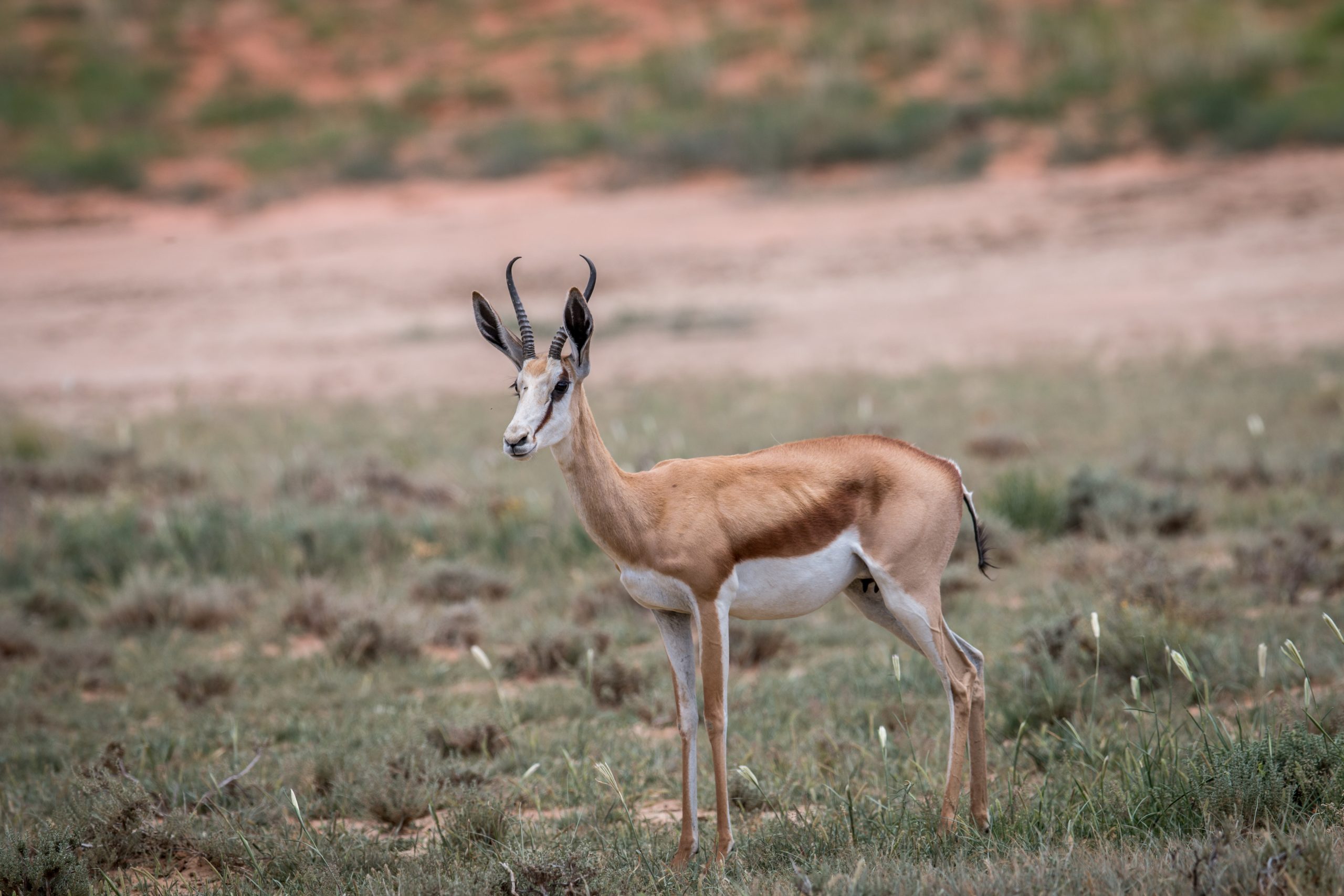In recent years, architects have become fascinated with 3D-printing. Often heralded as affordable and sustainable, 3D-printed homes are beginning to spring up everywhere from the Netherlands to Austin, Texas. It seems the technology is finally catching up with the construction industry’s ambitions, as a handful of 3D-printed projects inch closer to fruition.
The latest example is taking shape outside Bologna, Italy, and its makers think it could be the future of sustainable 3D-printed architecture. Called the TECLA, the house is built out of mud taken from local terrain and extruded into an elegant mound shape.
Last month, designers started printing the house via the Crane WASP, a modular printer that can extrude natural building material into the shape of a house, representing an attempt at establishing an “eco-housing” solution. In the case of TECLA, the house will be built from local clay, which gives the home a modern mud hut feel.
Concept renderings show a curvy, cave-like space with a portal-like window at the top of the arc to let in light. The design is equal parts elegant and bare-bones as if you’re living in a human-sized ant mound with really good furniture.












